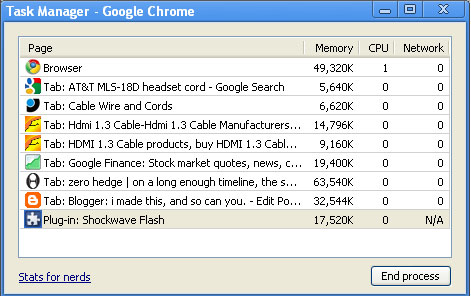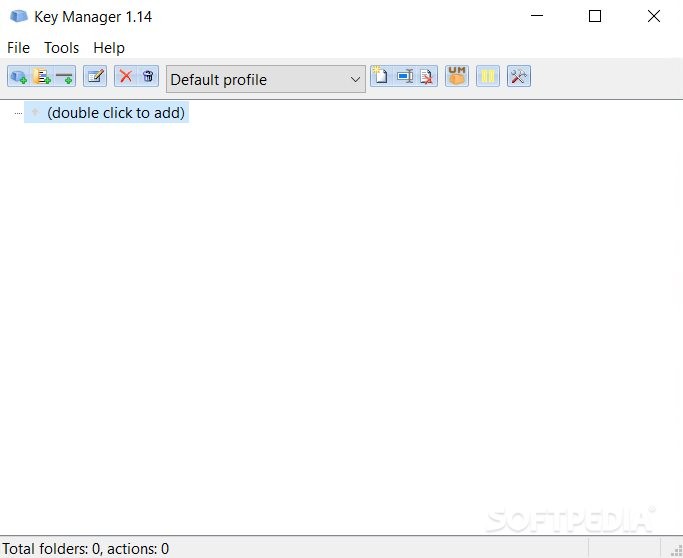

If you like Windows 7's Task Manager, you might be interested to know how to get the classic Task Manager from Windows 7 working in Windows 10. How the Windows Task Manager calculates “Startup Impact” of Apps.How to copy process details from the Task manager.
#HOTKEY FOR TASK MANAGER WINDOWS 10#

Press Win + X keys together on the keyboard or right click the Start button if you running Windows 10, and pick the Task Manager item from the menu that will appear on the screen: Tip: see the Shortcuts with Windows (Win) key every Windows 10 user should know. Press Enter, and Task Manager will be started immediately: Press Win + R shortcut keys on the keyboard and type the following in the Run box: taskmgr It offers few options, one of them is "Task Manager". Press Ctrl + Alt + Del keys together on the keyboard. That can be very useful in situations where your system has frozen and we need to remove some apps forcibly.Advertisement Run Task Manager from the CTRL+ALT+DEL security screen In it, at the top we will find the remove button.Īfter all this, we can now use Ctrl + Alt + Del to start the task manager on our Ubuntu system. If we select the name of the shortcut, a configuration window will open. To remove the configured keyboard shortcut, we will only have to open the page again Configuration and navigate to the section Custom combination. The filesystems section displays the properties of the hard disk device, including total size, type, used space, and availability. The resources tab displays CPU history, network history, swap history, and memory history. For kill a processAll you have to do is right click on it and select the option « kill«. Process ID, memory, and CPU percentage are also displayed here. The process section shows all processes that are currently running on your Ubuntu system. The window is divided into three tabs: processes, resources, and file systems. This new keyboard shortcut will be displayed in the Custom combination.Īt this point, if we press the keyboard combination Ctrl + Alt + Del the task manager will open in Ubuntu 20.04 LTS. Now we will click on the button Add, located in the upper right of the dialog box to complete the task. We will give the keyboard shortcut a name like “ Task Manager", The command to execute which will be" gnome-system-monitor”And the key combination Ctrl + Alt + Del. Add a custom shortcut and it will ask us for a name, command and a combination of keys. Are you one of those people who press Ctrl + Alt + Delete and then hit the Task Manager button to see your running processes, check performance and kill errant. Now let's start the Add a custom shortcut dialog box by clicking the " +", located at the bottom of the keybindings window. With this we will achieve that the combination Ctrl + Alt + Del is available for use with another key combination. So we have to change this default setting to « Logout«. This step is essential because each key combination cannot perform more than one action.

Once the keys that interest us have been pressed, we will have to click on the button Establecer to apply the changes. If we click on « Logout«, A window will appear asking us to add the new combination. For this example, I'm going to assign the key combination Ctrl + Alt + L. Now we will have to reassign the option « Sign off" with a set of keys. We will scroll through the list looking for the option « Logout«, located under the System section. In the window that is going to open, we are going to scroll down now click on the option " Key combinations". To start we will open the application « Configuration« from the Ubuntu applications menu.


 0 kommentar(er)
0 kommentar(er)
